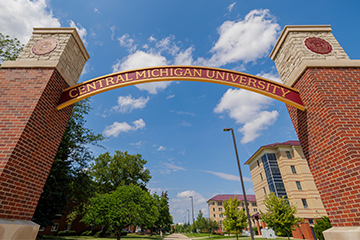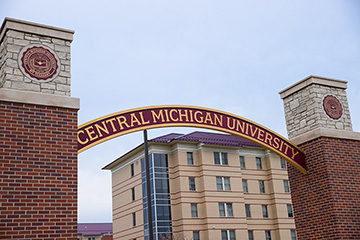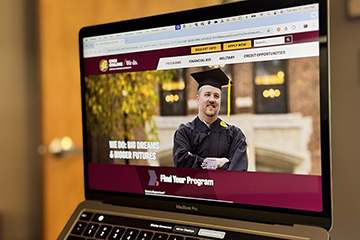CMU's 2023-2028 Strategic Plan
Central Michigan University’s Board of Trustees approved a new five-year strategic plan during its formal session Thursday, September 28, 2023. The plan was developed through a very inclusive and intentional process that engaged with a wide array of university stakeholders. We encourage you to review the strategic plan priorities, objectives and goals, and to consider how you will play a role in shaping a vibrant future for the university. Working groups for each goal are actively engaged in action steps to meet the goals and measures outlined in the plan.
Please follow this page and each of the individual priority pages for periodic updates on progress toward our goals as well as success stories related to the strategic plan.









